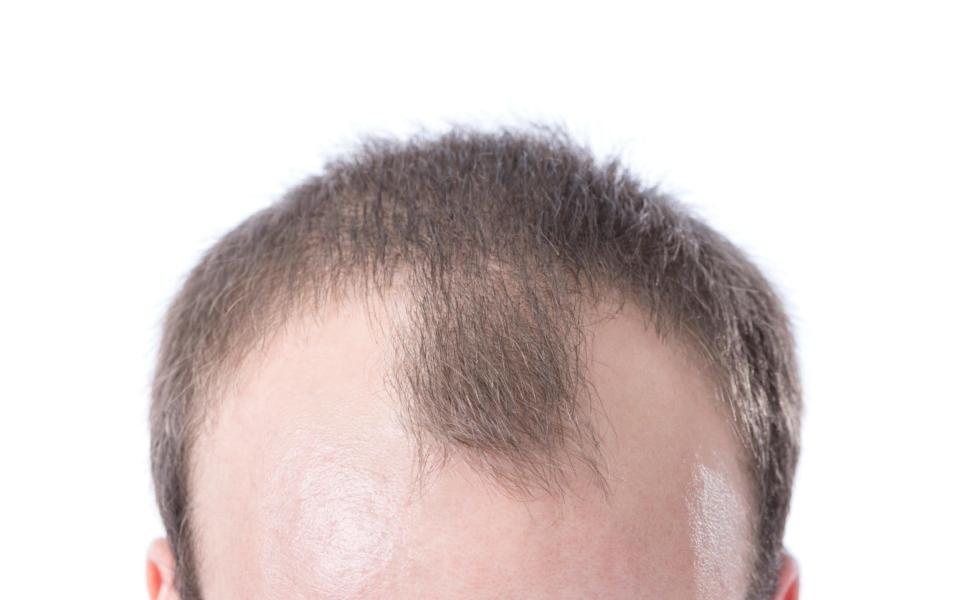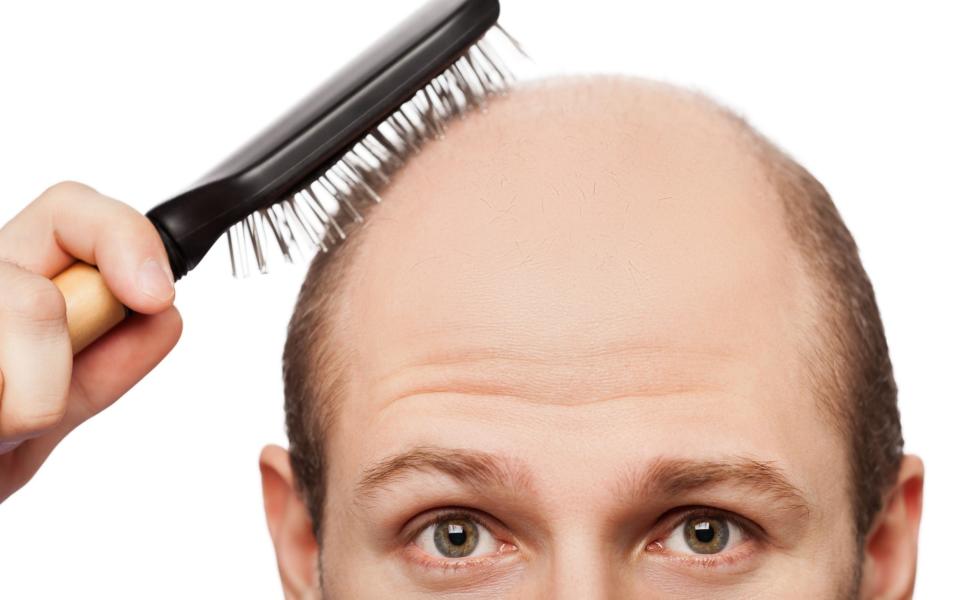Cure for baldness could be possible after researchers find new clue in cells

A cure for baldness could be on the cards as researchers have discovered the cells which hold the clue to overcoming hair loss.
Scientists have found that immune system cells that control inflammation play a key role in hair growth.
The regulatory T-cells, known as "Tregs", normally ensure that other parts of the immune system do not overreact and run out of control.
When they go wrong it can result in allergies to harmless substances such as peanut protein, or serious autoimmune diseases.

Now scientists have discovered another previously unknown function of Tregs, as hair triggers.
A series of mouse experiments showed how Tregs in the skin send out signals that stimulate hair follicle stem cells to regenerate and spark new hair growth.
Lead scientist Dr Michael Rosenblum, from the University of California at San Francisco, US, said: "Our hair follicles are constantly recycling: when a hair falls out, the whole hair follicle has to grow back.
"This has been thought to be an entirely stem cell-dependent process, but it turns out Tregs are essential.
"If you knock out this one immune cell type, hair just doesn't grow."
The research, published in the journal Cell, could lead to new treatments for alopecia areata, an autoimmune disease that causes patchy hair loss from the scalp and eyebrows.
Tregs could also play a role in other forms of baldness, including the classic "male pattern" variety that causes men to recede and lose their hair, the team believes.
The findings highlight a growing understanding that immune cells have much broader functions than just fighting off foreign invaders.
"We think of immune cells as coming into a tissue to fight infection, while stem cells are there to regenerate the tissue after it's damaged," Dr Rosenblum added.
"But what we found here is that stem cells and immune cells have to work together to make regeneration possible."

 Yahoo News
Yahoo News 